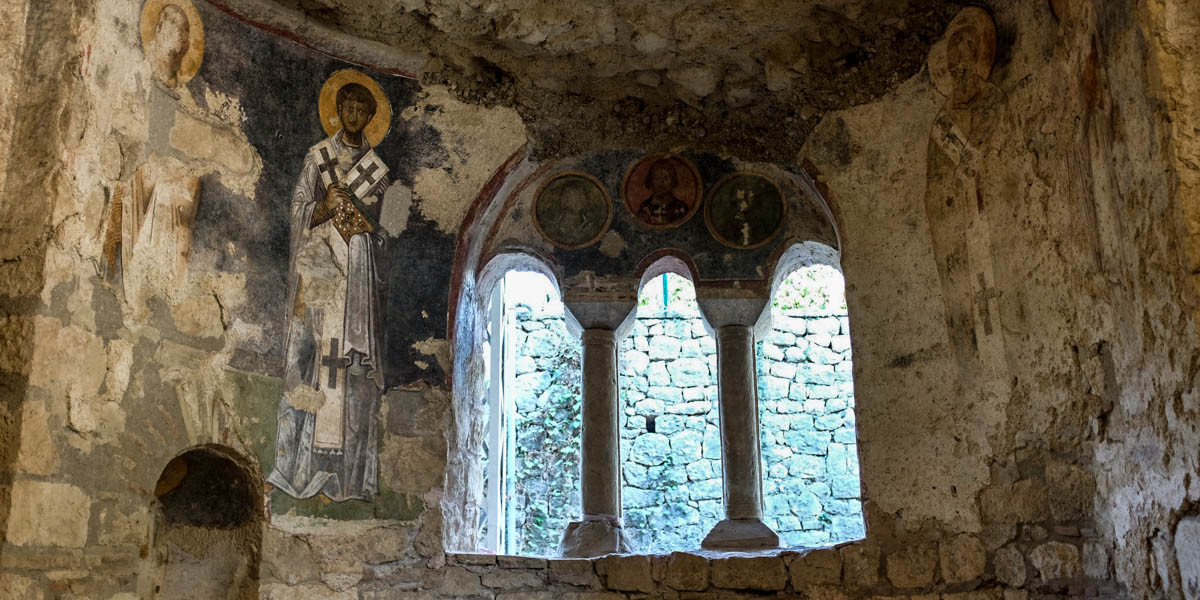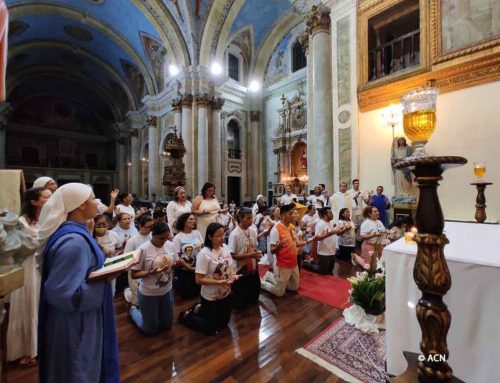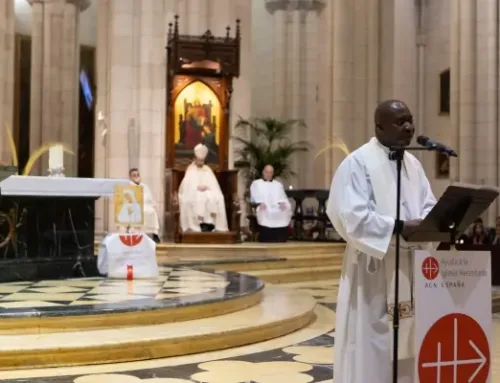Scientists may finally resolve controversy over the location of Santa Claus’ remains
Churches in various countries believe that they hold the true remains of St Nicholas – the saint who inspired Santa Claus. For centuries, the remains of St. Nicholas were thought to have been stolen from Turkey and smuggled to the Italian city of Bari by merchants in 1087. A basilica was built in Bari to house what were thought to be the relics of St. Nicholas.
Now, experts in Turkey think that the wrong bones were taken to Italy and those remains might actually have been the bones of a local priest. They believe that St. Nicholas’s remains are still in Turkey. New research by scientists and archaeologists may finally shed light on the actual location of the saint’s remains and perhaps even his tomb.
The findings of a team of scientists from the University of Oxford suggested that a fragment of bone taken from a human pelvis dating back to the 4th century could belong to Saint Nicholas. The bone analysed by the team came from a church in Lyon and is now owned by Father Dennis O’Neill, a priest in Illinois. The bone has been venerated for almost 1,700 years, making it one of the oldest relics the Oxford team has ever analysed.
Prof Tom Higham and Dr Georges Kazan, directors of the Oxford Relics Cluster at Keble College’s Advanced Studies Centre, said the results of the radiocarbon testing on a micro-fragment of the bone established that the relic dates back to the fourth century AD. Historians say St Nicholas died around 343 AD.
Higham commented: “Many relics that we study turn out to date to a period somewhat later than the historic attestation would suggest. This bone fragment, in contrast, suggests that we could cheaplevitrapill.com/ possibly be looking at remains from St Nicholas himself.” However, he could not confirm its authenticity: “Science is not able to definitely prove that it is. It can only prove that it is not.”
Kazan said: “These results encourage us to now turn to the Bari and Venice relics to attempt to show that the bone remains are from the same individual. We can do this using ancient palaeogenomics or DNA testing. It is exciting to think that these relics, which date from such an ancient time, could be genuine.”
The matter of the location of St Nicholas’ remains, however, is far from being resolved. Archaeologists believed they have discovered the tomb of St. Nicholas, the bishop known to children all over the world as Santa Claus, under an ancient church in southern Turkey.
Turkish experts believe that the discovery of the tomb indicates that the saint’s bones have been there since his death in the year 343. Having come across the tomb using electromagnetic imaging, the head of Antalya Monument Authority, Cemil Karabayram, is confident that the remains of the saint will be also found.
“We have obtained very good results but the real work starts now,” he said. “We will reach the ground and maybe we will find the untouched body of St. Nicholas.” He added that the shrine is intact but hard to reach due to the presence of stone reliefs that need to be preserved.
St. Nicholas, a bishop known for his charity and acts of generosity, was born in Demre, then known as Myra. The town of Demre is a popular pilgrimage site for Russians and other Orthodox Christians who venerate St. Nicholas as a “wonder worker” and come on pilgrimage to his birthplace to pray for miracles.
ACN Malta





